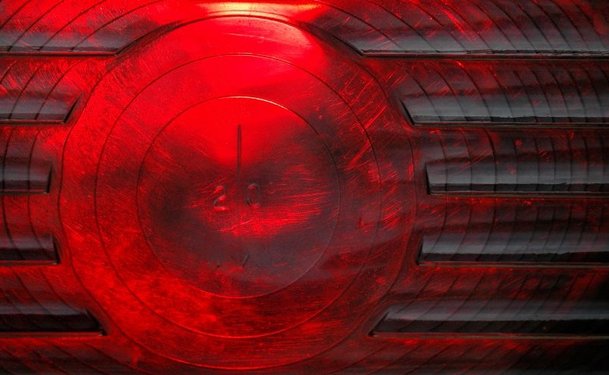Varicose veins are blood vessels that are abnormally dilated. Weakened blood vessel walls and incompetent valves within the vein cause this disorder, which appears like clusters of purple or blue veins.
Smaller discolored capillaries can form less severe spider veins, which are tiny, thin vessels seen close to the skin’s surface. Some patients exhibit a combination of spider veins and varicose veins. Either way, they are unsightly, and no one wants problem veins showing on their lower extremities, which is the most likely location for them to appear.
What are the warning signs of varicose veins?
Some people do not have warning symptoms that varicose veins are developing. For those who do, the most common symptoms include:
- A feeling of heaviness in the legs
- A throbbing, tingling or burning sensation in the legs
- Leg tiredness
- Swollen legs or ankles
- Itching sensation around the involved veins
- Muscle cramps in the legs
- Discoloration of the skin, especially around the ankle area
- Thin, dry skin around the area of the varicose vein
- Skin scaling
- Inflammation in the area of the tortuous vein
- Developing leg ulcers
A less likely development associated with varicose veins is the evolution of deep vein thrombosis (DVT) which occurs when varicose veins cause pooling of blood, and a clot develops.
Who gets varicose veins?
The risk of developing varicose veins increases with advancing age. Roughly 30 to 50 percent of adults have received a varicose vein diagnosis. They affect more women than men in the adult population.
Women are more susceptible to developing varicose veins due to the amount of progesterone in their body. Progesterone has a relaxing effect on vessels and increases a woman's risk. The hormonal cycles of puberty, pregnancy, and menopause add to the progesterone fluctuations throughout life, as does taking birth control pills.
Contributing factors that put a person at risk of developing varicose veins include:
- Advancing age
- Being female
- Heredity and a family history of varicose veins
- Being overweight (because of the additional pressure it puts on the lower extremity veins)
- Hormone therapy, whether from birth control pills, hormone replacement therapy or the hormone fluctuation that occurs during pregnancy because of the increase in progesterone production
- Prolonged periods of standing or sitting, especially with legs crossed
Treatment options for varicose veins
There are many options available to treat varicose veins of varying severity. The choices range from wearing gradient compression stockings, sclerotherapy, laser treatment or traditional surgery to strip and remove the vein. Getting an evaluation from a vein specialist is essential. At that time, the care provider will discuss the best treatment option based on individual symptoms.
Are you at risk of varicose veins?
It is important to be aware of your physical symptoms and what they may mean. The wide variety of sensations felt in the lower extremities can be an early indication of developing varicose veins.
While varicose veins are not usually a serious medical problem, they can be uncomfortable and unsightly. Proper medical treatment can remedy the problem and relieve the nagging symptoms.
Reviewed February 10, 2017


